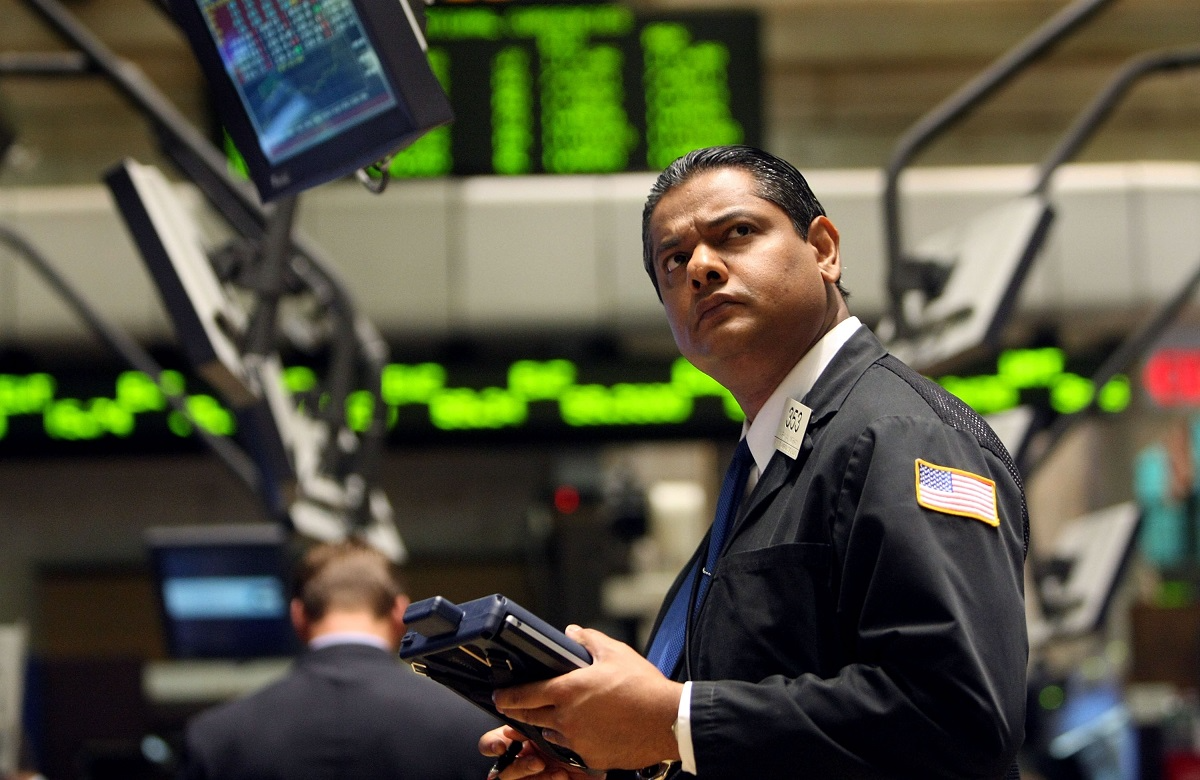Although we don't believe in timing the market or panicking over daily movements, we do like to keep an eye on market changes -- just in case they're material to our investing thesis.
Shorting stocks -- hoping to make a profit if a share's price falls -- is a dangerous strategy that carries a lot more risk than a traditional long position that aims for price appreciation. Let's take a closer look at the difference between going long and short a stock, and why you wouldn't want to short a few names on the Dow Jones Industrial Average (^DJI +0.22%).
First when you buy shares of a company and establish a long position, the price of that investment has infinite upside potential. A $10 investment could turn into $10,000 over time, but the most you can ever lose is your initial $10. Your loss is capped at 100%, but your potential for gain is unlimited. But when you short a stock, you turn everything on its head. You can lose an unlimited amount of money, but your gain is capped at 100%. You only profit if the stock falls.
Time itself also becomes a risk when you short a stock. When you're long a company, time generally isn't a big deal. In fact, if the stock pays a dividend, you get paid on a quarterly basis to sit tight with your investment. But if you short a stock, then every time the company pays a dividend, you owe that amount, so it becomes expensive to sit tight and wait until the stock price falls.
Short-sellers have to be aware of all these risks, especially with some names on the Dow. My colleague Sean Williams recently highlighted the index's five components with the highest short interest in them: Intel (INTC +2.25%), with 4.29% of shares sold short; Caterpillar, with 3.46%; Verizon (VZ +1.05%), with 3.08%; AT&T (T 0.43%), with 2.87%; and IBM (IBM 0.02%), with 2.58%. Economic trends and industry shifts could build an argument for shorting Caterpillar, IBM, and Intel, but not for AT&T and Verizon. However, the biggest threat to short-sellers with these stocks is the dividend. AT&T leads the Dow with a 5.73% yield, with Verizon right behind at 4.61%, and Intel at No. 4 with 3.78%. Caterpillar and IBM, though not at the top of the Dow dividend heap, still yield respectable payouts of 2.62% and 2.37%, respectively.
A short-seller may say it's worth the risk of having to pay that dividend to make some money on a falling stock, but if you were to hold AT&T for a year and the share price went nowhere, you'd be in the hole by almost 6%, if you account for trading fees. That means you'd need a 6% drop in the share price not to make money, but just to break even.
Of course, being aware of potential pitfalls like paying for dividends, short-sellers usually try to time the market for when they think a stock is likely to lose value. Some investors manage to pull it off, but it's a difficult feat and not one that's likely to happen repeatedly over the years. So while plenty of people try to short stocks, its reliability as a profitable investing strategy isn't a very good one. Approach this strategy with caution, if at all.






